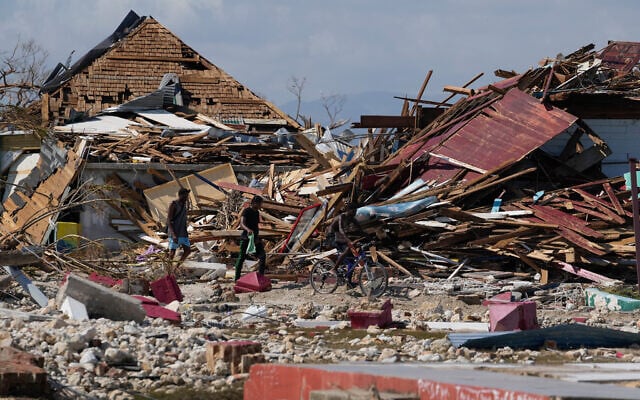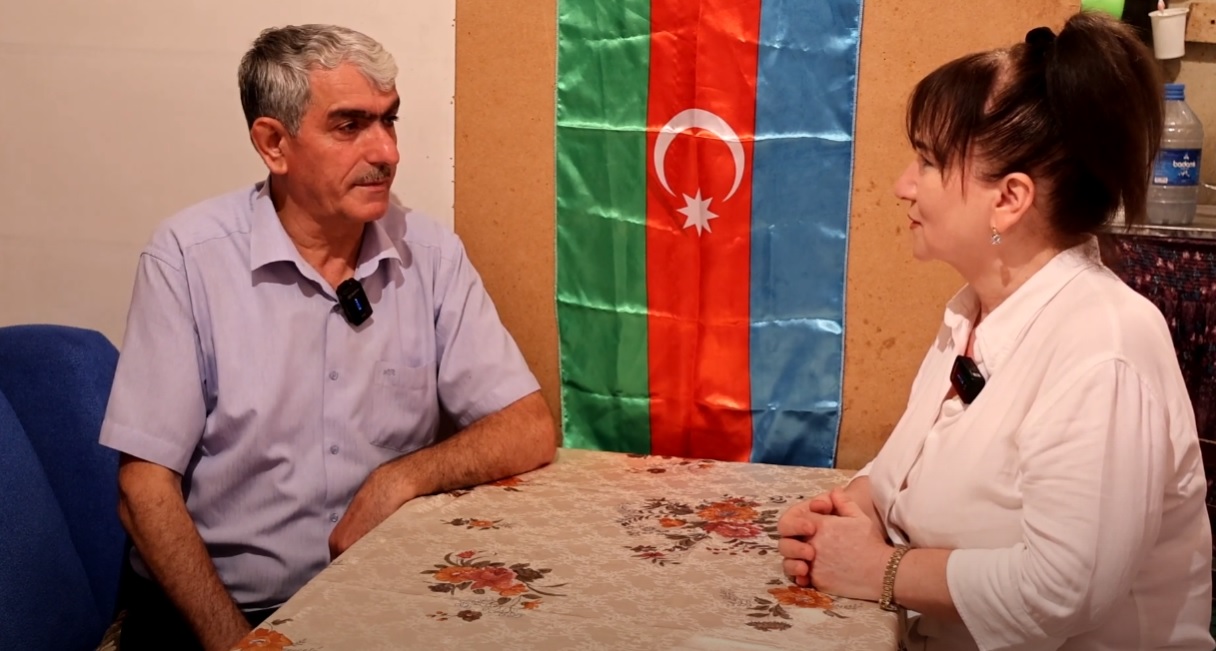ByJERUSALEM POST STAFF
Teeth from 13 Grande Armée soldiers in a Vilnius grave give first genetic proof that infections, with famine and cold, helped cause the loss of 300,000 men during Napoleon’s retreat from Russia.
French and international scientists reported on 25 May in the journal Current Biology that DNA extracted from Napoleonic soldiers who died during the 1812 retreat from Moscow contained bacteria responsible for paratyphoid and relapsing fever.
The team—led by the Pasteur Institute’s Microbial Paleogenomics Unit and Aix-Marseille University—analyzed teeth from 13 skeletons recovered in 2002 from a mass grave in Vilnius, Lithuania, along the Grande Armée’s route home. Next-generation shotgun sequencing revealed Salmonella enterica Paratyphi C in four soldiers and Borrelia recurrentis in two; one individual carried both pathogens. Six others showed traces of different bacterial infections. “We went and searched for any known pathogen,” said lead author Nicolás Rascovan. He added that the sample represented only “a tiny fraction” of the army, making it impossible to measure how much these microbes contributed to overall deaths.
Earlier research had blamed typhus, starvation, and exposure. DNA tests published previously detected Rickettsia prowazekii and Bartonella quintana, but the current study found neither, a difference the authors attributed to broader sequencing methods rather than targeted PCR.
“This confirms contemporary eyewitness accounts of fevers, diarrhea, and pneumonia, and gives the story a biological dimension we didn’t have before,” said Rafe Blaufarb, a historian at Florida State University, according to The Guardian. “The real mystery is how any of them managed to get out of there alive.”
“That underplays the Russians and the fact that they actually do some very clever things,” said Michael Rowe, an expert in European history at King’s College London..
Advertisement
Napoleon entered Russia in the summer of 1812 with more than half a million troops; at least 300,000 died from hunger, cold, exhaustion, and disease on the return march. The Vilnius grave contained more than 3,000 corpses. Phylogenetic analysis linked the recovered Borrelia strain to a lineage present in Britain 2,000 years ago, offering clues to the evolution of louse-borne fevers.
Rascovan noted that ancient DNA is usually fragmented and scarce, yet modern sequencing and computational tools now allow researchers to detect pathogens even at very low coverage.





















